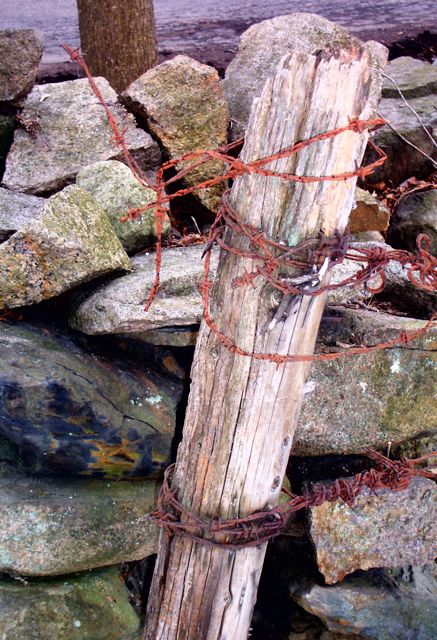The Anthropocene is the epoch of geological time we are currently living in, a discrete interval of Earth history during which the collective actions of a single species —Homo sapiens— is the dominant geological agency operating on our planet. Though the “epoch” is not yet an official “Epoch” (owing to international debate over the date of its lower boundary), there’s no doubt that we’re in the thick of it. The preceding epoch, the Holocene, contained the bulk of the present interglacial epoch when the human agency was less impactful. For New England stone walls, the Anthropocene onset dates to 1607, when the first wall was built by the first English colony at Popham Point, Maine.
Work at the University of Connecticut, especially a 2016 article published in the Elsevier journal Anthropocene by Katharine M. Johnson and Will Ouimet, is bringing New England walls to an international audience (Physical properties and spatial controls of stone walls in the northeastern USA: Implications for Anthropocene studies of 17th to early 20th century agriculture, https://doi.org/10.1016/j.ancene.2016.07.001)
Philosophically, the key idea for me is that, in the woods of New England, the main Anthropocene impact is already past and was generally positive in diversifying the landscape and leaving archaeological ruins that enhance our lives.
